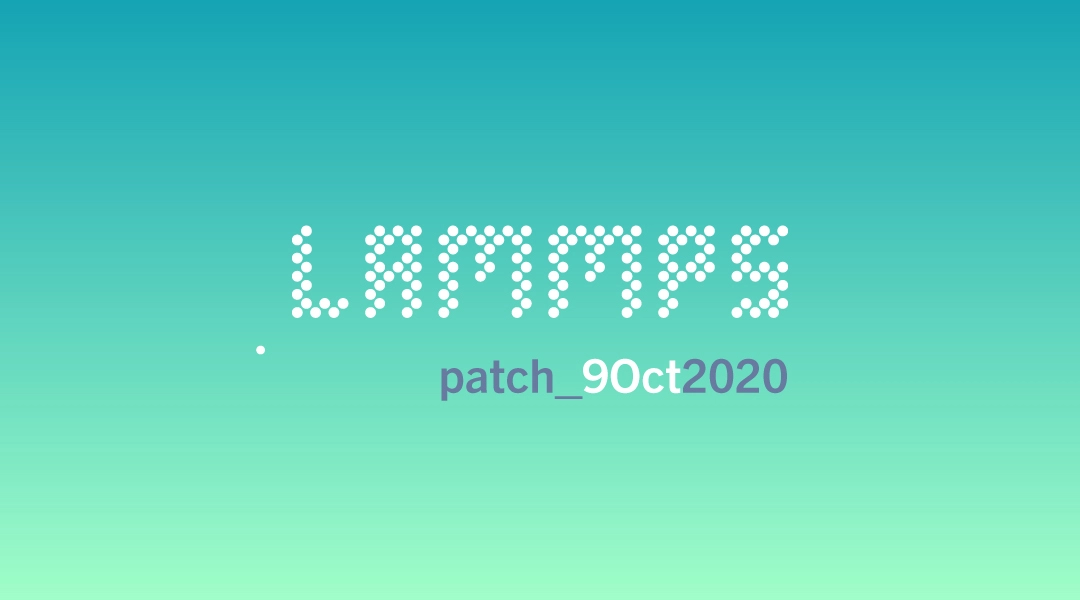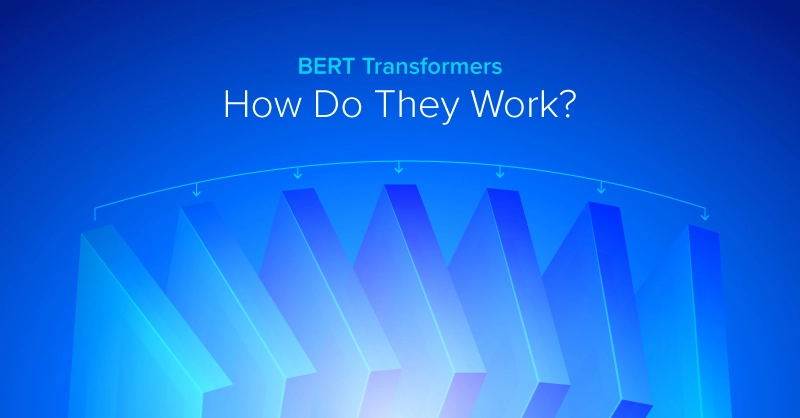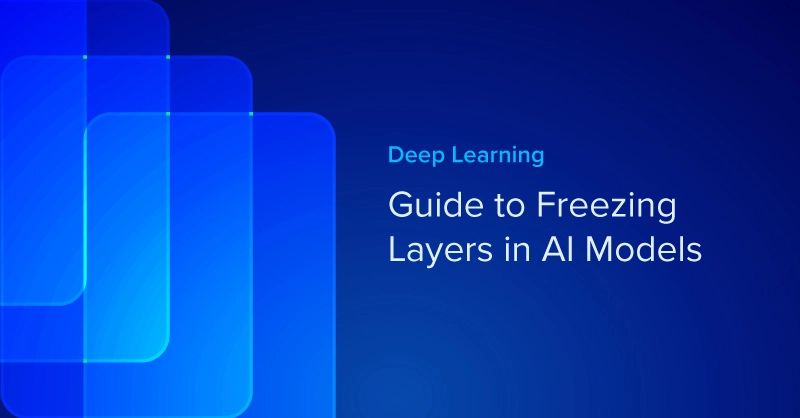
LAMMPS Patch Release Overview
What is LAMMPS used for?
LAMMPS is a classical molecular dynamics (MD) code that models ensembles of particles in a liquid, solid, or gaseous state. It can model atomic, polymeric, biological, solid-state (metals, ceramics, oxides), granular, coarse-grained, or macroscopic systems using a variety of interatomic potentials (force fields) and boundary conditions. It can model 2d or 3d systems with only a few particles up to millions or billions.
LAMMPS can run on single processor laptops or desktops, but is designed for parallel computers using message-passing techniques and a spatial-decomposition of the simulation domain. This includes shared-memory boxes and distributed-memory clusters and supercomputers. Many of its models have versions that provide accelerated performance on CPUs, GPUs, and Intel Xeon Phis. The code is designed to be easy to modify or extend with new functionality.
Interested in getting faster results?
Learn more about LAMMPS Certified GPU Workstations and Servers starting at $4,300
Changes since the patch release 18 September 2020
A note from the developers: This is the first release candidate for a new stable release. Please test thoroughly and give feedback, so we can address bugs and issues in the stable release. Since the last stable release the code base has seen some significant modernization and refactoring and also the documentation has been updated and partially reorganized to include more information aimed at developers either writing applications that use LAMMPS as a library or that are working on extending LAMMPS. Because of that we are particularly interested in problems with building LAMMPS on different platforms and formatting issues of the new parts of the manual, or problems building it. Matching singularity container images with tested toolchains have been uploaded to the Singularity container library.
Changes:
- New pair style for charge-dipole damping with Tang-Toennies function in the USER-DRUDE package (Kateryna Goloviznina, Zheng Gong, Agilio Padua, ENS de Lyon) PR #2389
- Significant reorganization of parts of the manual related to using LAMMPS with Python and Python with LAMMPS; expansions, corrections, and revisions to the “progammer guide” section of the manual; addition of a Bibliography section that contains references from the entire manual in a single page (Steve Plimpton, SNL, and Axel Kohlmeyer & Richard Berger, Temple U) PR #2398, PR #2412, PR #2413
- New LAMMPS Shell tool (Axel Kohlmeyer, Temple U) PR #2408
- Update to Fortran interface in “example/COUPLE/fortran2” (Karl Hammond, U Missouri) PR #2403
- Various small bugfixes and cleanups (multiple authors) PR #2377, PR #2378, PR #2381, PR #2382, PR #2388, PR #2390, PR #2395, PR #2396, PR #2397, PR #2400, PR #2403, PR #2406, PR #2407, PR #2409, PR #2411
Backward compatibility note:
- Applications using the C library interface that are calling
lammps_open()now need to define LAMMPS_LIB_MPI, so that library.h can also be used in cases where there is no MPI library installed. Also it should be noted, that callinglammps_open_no_mpi()is equivalent to callinglammps_open()with MPI_COMM_WORLD, solammps_open()is really only needed when running LAMMPS on a subset of the MPI ranks with a custom communicator created byMPI_Comm_split()as demonstrated inexamples/COUPLE/simple/simple.c
This release has 2 assets:
- Source code (zip)
- Source code (tar.gz)
Visit the release page to download them.
About LAMMPS
LAMMPS (Large-scale Atomic/Molecular Massively Parallel Simulator) a classical molecular dynamics simulation code designed to run efficiently on parallel computers. It was developed at Sandia National Laboratories, a US Department of Energy facility, with funding from the DOE. It is an open-source code, distributed freely under the terms of the GNU Public License (GPL).
Have any questions about LAMMPS or other applications for molecular dynamics?
Contact Exxact Today

LAMMPS Patch Release 9 October 2020
LAMMPS Patch Release Overview
What is LAMMPS used for?
LAMMPS is a classical molecular dynamics (MD) code that models ensembles of particles in a liquid, solid, or gaseous state. It can model atomic, polymeric, biological, solid-state (metals, ceramics, oxides), granular, coarse-grained, or macroscopic systems using a variety of interatomic potentials (force fields) and boundary conditions. It can model 2d or 3d systems with only a few particles up to millions or billions.
LAMMPS can run on single processor laptops or desktops, but is designed for parallel computers using message-passing techniques and a spatial-decomposition of the simulation domain. This includes shared-memory boxes and distributed-memory clusters and supercomputers. Many of its models have versions that provide accelerated performance on CPUs, GPUs, and Intel Xeon Phis. The code is designed to be easy to modify or extend with new functionality.
Interested in getting faster results?
Learn more about LAMMPS Certified GPU Workstations and Servers starting at $4,300
Changes since the patch release 18 September 2020
A note from the developers: This is the first release candidate for a new stable release. Please test thoroughly and give feedback, so we can address bugs and issues in the stable release. Since the last stable release the code base has seen some significant modernization and refactoring and also the documentation has been updated and partially reorganized to include more information aimed at developers either writing applications that use LAMMPS as a library or that are working on extending LAMMPS. Because of that we are particularly interested in problems with building LAMMPS on different platforms and formatting issues of the new parts of the manual, or problems building it. Matching singularity container images with tested toolchains have been uploaded to the Singularity container library.
Changes:
- New pair style for charge-dipole damping with Tang-Toennies function in the USER-DRUDE package (Kateryna Goloviznina, Zheng Gong, Agilio Padua, ENS de Lyon) PR #2389
- Significant reorganization of parts of the manual related to using LAMMPS with Python and Python with LAMMPS; expansions, corrections, and revisions to the “progammer guide” section of the manual; addition of a Bibliography section that contains references from the entire manual in a single page (Steve Plimpton, SNL, and Axel Kohlmeyer & Richard Berger, Temple U) PR #2398, PR #2412, PR #2413
- New LAMMPS Shell tool (Axel Kohlmeyer, Temple U) PR #2408
- Update to Fortran interface in “example/COUPLE/fortran2” (Karl Hammond, U Missouri) PR #2403
- Various small bugfixes and cleanups (multiple authors) PR #2377, PR #2378, PR #2381, PR #2382, PR #2388, PR #2390, PR #2395, PR #2396, PR #2397, PR #2400, PR #2403, PR #2406, PR #2407, PR #2409, PR #2411
Backward compatibility note:
- Applications using the C library interface that are calling
lammps_open()now need to define LAMMPS_LIB_MPI, so that library.h can also be used in cases where there is no MPI library installed. Also it should be noted, that callinglammps_open_no_mpi()is equivalent to callinglammps_open()with MPI_COMM_WORLD, solammps_open()is really only needed when running LAMMPS on a subset of the MPI ranks with a custom communicator created byMPI_Comm_split()as demonstrated inexamples/COUPLE/simple/simple.c
This release has 2 assets:
- Source code (zip)
- Source code (tar.gz)
Visit the release page to download them.
About LAMMPS
LAMMPS (Large-scale Atomic/Molecular Massively Parallel Simulator) a classical molecular dynamics simulation code designed to run efficiently on parallel computers. It was developed at Sandia National Laboratories, a US Department of Energy facility, with funding from the DOE. It is an open-source code, distributed freely under the terms of the GNU Public License (GPL).
Have any questions about LAMMPS or other applications for molecular dynamics?
Contact Exxact Today



.jpg?format=webp)
